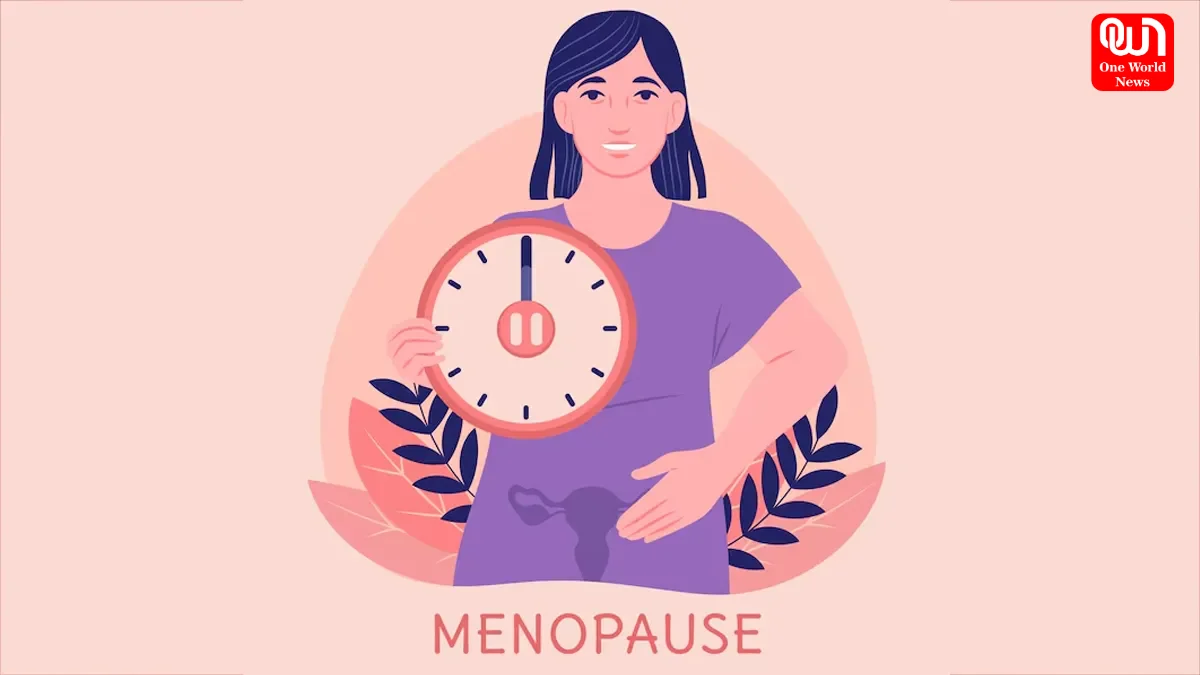Menopause Vs Malignancy: Key Symptoms, Red Flags, And When To Seek Help
Learn how to differentiate between menopause and malignancy symptoms, identify red flags, and know when to seek medical help for early diagnosis.
Menopause Vs Malignancy: Understanding Symptoms, Recognizing Red Flags, And Knowing When To Seek Medical Help For Early Diagnosis
Menopause and malignancy can share several overlapping symptoms, leading to confusion and delayed diagnosis. While menopause is a natural biological transition marking the end of a woman’s reproductive years, malignancy refers to abnormal and uncontrolled cell growth, often indicating cancer. Understanding the key differences between the two can help women detect red flags early and seek timely medical attention.
What Happens During Menopause
The Biological Transition
Menopause usually occurs between ages 45 and 55, when a woman’s ovaries stop producing estrogen and progesterone. This hormonal decline leads to the cessation of menstrual cycles and brings various physiological changes. Symptoms like hot flashes, mood swings, irregular periods, and sleep disturbances are common.
Common Menopausal Symptoms
Typical menopause symptoms include hot flashes, night sweats, vaginal dryness, and mood changes. Some women may also experience joint pain, weight gain, and hair thinning due to hormonal fluctuations. While these symptoms can be uncomfortable, they are generally not dangerous and can often be managed with lifestyle changes or hormone therapy.
The Role of Hormones
Estrogen and progesterone play vital roles in maintaining bone density, heart health, and reproductive function. As these hormone levels drop, women become more susceptible to osteoporosis, cardiovascular disease, and metabolic changes. Understanding these hormonal shifts is key to distinguishing menopause from malignancy-related symptoms.
What Is Malignancy?
Defining Malignancy
Malignancy refers to cancerous growth that can affect various organs, including the breast, ovaries, uterus, and cervix. These cancers are characterized by the uncontrolled division of abnormal cells that can invade nearby tissues or spread to other parts of the body.
Common Types in Women
Women commonly face malignancies such as breast cancer, ovarian cancer, endometrial cancer, and cervical cancer. Early detection and awareness of symptoms are essential for successful treatment and survival. Recognizing when a symptom is not typical of menopause can lead to early diagnosis and better outcomes.
Overlapping Symptoms Between Menopause and Malignancy
Irregular Bleeding
Irregular bleeding is a common menopausal symptom but can also signal malignancy. Postmenopausal bleeding—any bleeding that occurs after 12 months without a period—should always be evaluated. It could indicate endometrial hyperplasia or cancer.
Pelvic Pain and Bloating
While mild pelvic discomfort may occur during menopause due to hormonal changes, persistent pelvic pain or bloating could be a sign of ovarian malignancy. These symptoms warrant medical evaluation, especially if accompanied by changes in appetite or weight.
Read more: Is a 24-Hour Fast Safe for Weight Loss? Expert Sheds Light on Benefits and Risks
Fatigue and Weight Changes
Both menopause and malignancy can cause fatigue. However, unexplained weight loss, chronic fatigue, or a sudden drop in energy levels without lifestyle changes can be red flags for malignancy.
Key Red Flags to Watch For
Persistent or Heavy Bleeding
Heavy bleeding after menopause or prolonged spotting should never be ignored. It may indicate uterine or cervical cancer and requires immediate gynecological assessment.
Unexplained Abdominal Distension
Persistent bloating, especially when paired with changes in bowel habits or urinary frequency, could point toward ovarian malignancy rather than hormonal fluctuation.
Breast Changes
Breast tenderness and mild discomfort are common in menopause due to hormonal imbalance. However, a lump, nipple discharge, or skin dimpling should be evaluated for possible malignancy.
Unintentional Weight Loss
While menopause may cause weight gain due to metabolic slowdown, sudden and unexplained weight loss is a possible sign of malignancy and must be investigated promptly.
Diagnostic Approach
When to Consult a Doctor
It’s important for women to differentiate normal menopausal symptoms from warning signs of malignancy. If any unusual or persistent symptom arises—such as postmenopausal bleeding, severe abdominal pain, or unexplained fatigue—a consultation with a gynecologist or oncologist is recommended.
Essential Screenings
Doctors may recommend diagnostic tests like pelvic ultrasound, mammogram, Pap smear, or endometrial biopsy to detect underlying malignancy. Early screening not only helps rule out cancer but also aids in managing menopause-related complications effectively.
Importance of Early Detection
Early detection significantly increases the chances of successful treatment for malignancies. Regular checkups, awareness, and timely medical intervention can make a life-saving difference.
Managing Menopause and Staying Alert
Lifestyle and Diet
Adopting a healthy diet rich in calcium, vitamin D, and antioxidants can help manage menopause symptoms and strengthen immunity. Regular physical activity, yoga, and stress management techniques support hormonal balance and mental well-being.
Hormone Replacement Therapy (HRT)
HRT can relieve severe menopausal symptoms but should be taken under medical supervision, as prolonged use may increase the risk of certain malignancies. Discussing risks and benefits with a healthcare provider is crucial.
Read more: Magnesium Craze Sweeps The World: Does It Really Help You Sleep Better?
Emotional and Psychological Support
Both menopause and malignancy can take an emotional toll. Counseling, support groups, and mindfulness practices can help women cope with anxiety and fear during these transitions.
Conclusion
Understanding the differences between menopause and malignancy is crucial for women’s health. While menopause is a natural life stage, malignancy requires early detection and medical intervention. Recognizing red flags such as postmenopausal bleeding, unexplained weight loss, or persistent pain can save lives. Staying informed, undergoing regular checkups, and listening to your body are vital steps toward maintaining overall well-being during and after menopause.
We’re now on WhatsApp. Click to join.
Like this post?
Register at One World News to never miss out on videos, celeb interviews, and best reads.








